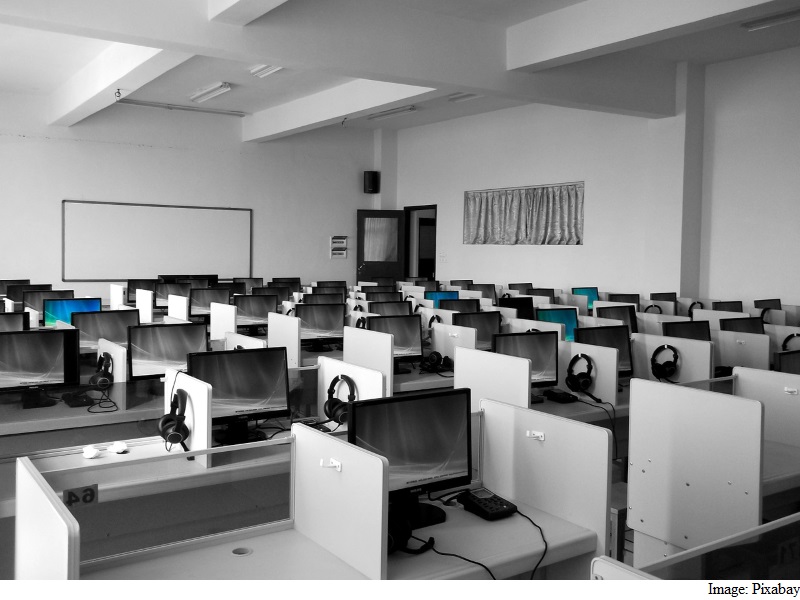- Home
- Laptops
- Laptops News
- Computers Don't Improve Performance of School Students: Study
Computers Don't Improve Performance of School Students: Study

While almost three quarters of pupils in the countries surveyed used computers at schools, the report by the the Organisation for Economic Cooperation and Development found technology had made no noticeable improvement in results.
Conversely, in high-achieving schools in parts of Asia, where smartphones and computers have become an integral part of people's everyday lives, technology was far less prevalent in the classrooms.
In South Korea, students used computers for an average of nine minutes at school and in Hong Kong, only 11 minutes just a fraction of the 58 minutes spent in Australia, 42 in Greece and 39 in Sweden.
"Where computers are used in the classroom, their impact on student performance is mixed at best," OECD's education director Andreas Schleicher said in a foreword to the report, the think-tank's first on the topic.
"Students who use computers very frequently at school do a lot worse in most learning outcomes, even after accounting for social background and student demographics."
The report measured the impact of technology use at school on international test results, such as the OECD's Pisa tests taken in dozens of countries around the world and other exams measuring digital skills.
It found that education systems which have invested heavily in information and communications technology have seen "no noticeable improvement" in results for reading, mathematics or science.
The OECD urged schools to work with teachers to turn technology into a more powerful tool in the classroom and develop more sophisticated software for experimentation and simulation, social media and games.
"The real contributions ICT can make to teaching and learning have yet to be fully realised and exploited," it concluded.
Get your daily dose of tech news, reviews, and insights, in under 80 characters on Gadgets 360 Turbo. Connect with fellow tech lovers on our Forum. Follow us on X, Facebook, WhatsApp, Threads and Google News for instant updates. Catch all the action on our YouTube channel.
Related Stories
- Samsung Galaxy Unpacked 2025
- ChatGPT
- Redmi Note 14 Pro+
- iPhone 16
- Apple Vision Pro
- Oneplus 12
- OnePlus Nord CE 3 Lite 5G
- iPhone 13
- Xiaomi 14 Pro
- Oppo Find N3
- Tecno Spark Go (2023)
- Realme V30
- Best Phones Under 25000
- Samsung Galaxy S24 Series
- Cryptocurrency
- iQoo 12
- Samsung Galaxy S24 Ultra
- Giottus
- Samsung Galaxy Z Flip 5
- Apple 'Scary Fast'
- Housefull 5
- GoPro Hero 12 Black Review
- Invincible Season 2
- JioGlass
- HD Ready TV
- Laptop Under 50000
- Smartwatch Under 10000
- Latest Mobile Phones
- Compare Phones
- Realme P4x 5G
- OnePlus Ace 6T
- Nubia Flip 3
- Nubia Fold
- OPPO A6x 5G
- Samsung Galaxy Z TriFold
- Poco F8 Ultra
- Poco F8 Pro
- Asus ProArt P16
- MacBook Pro 14-inch (M5, 2025)
- Poco Pad M1
- Poco Pad X1
- Just Corseca Skywatch Pro
- Honor Watch X5
- Acerpure Nitro Z Series 100-inch QLED TV
- Samsung 43 Inch LED Ultra HD (4K) Smart TV (UA43UE81AFULXL)
- Asus ROG Ally
- Nintendo Switch Lite
- Haier 1.6 Ton 5 Star Inverter Split AC (HSU19G-MZAID5BN-INV)
- Haier 1.6 Ton 5 Star Inverter Split AC (HSU19G-MZAIM5BN-INV)

















